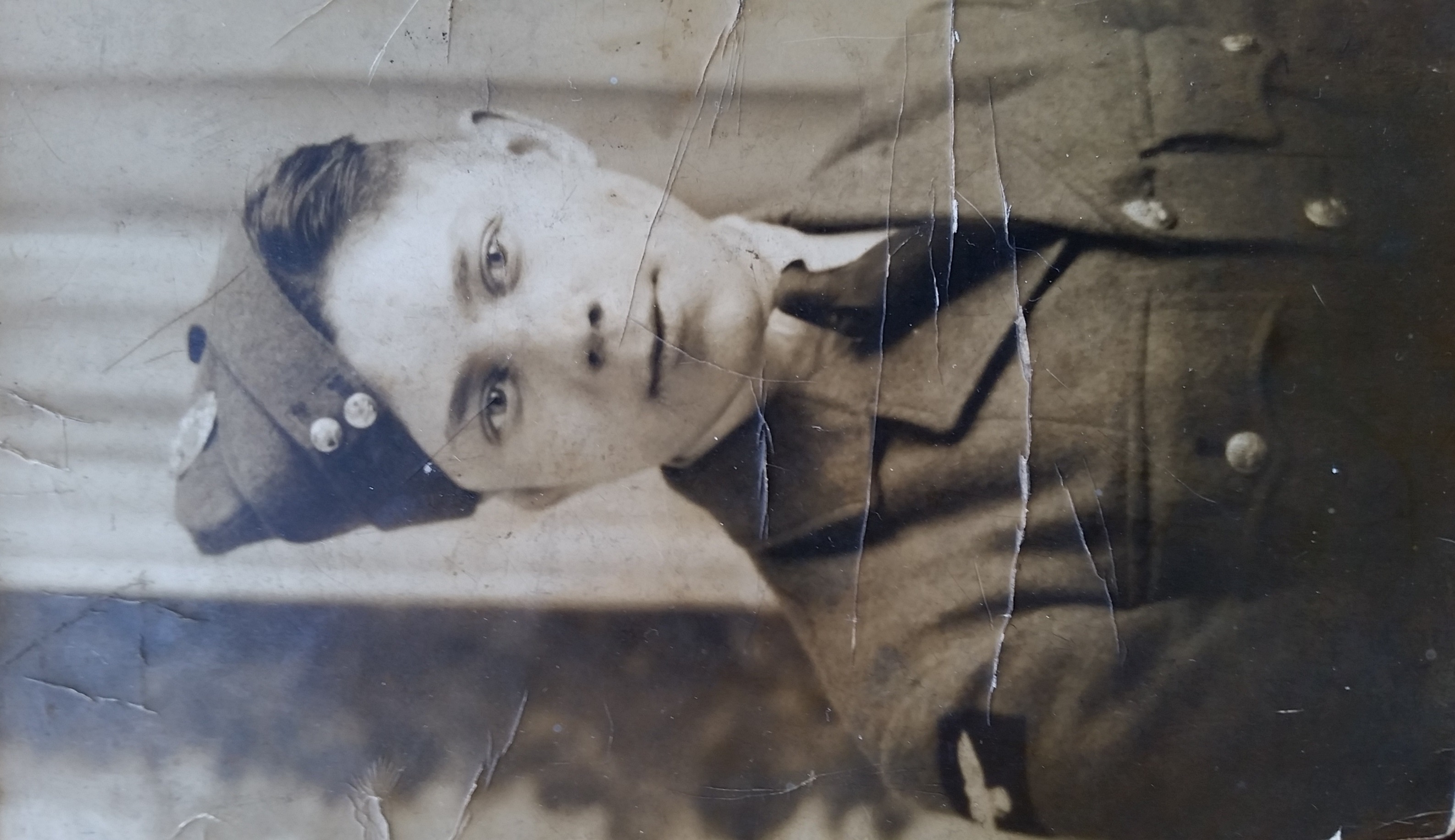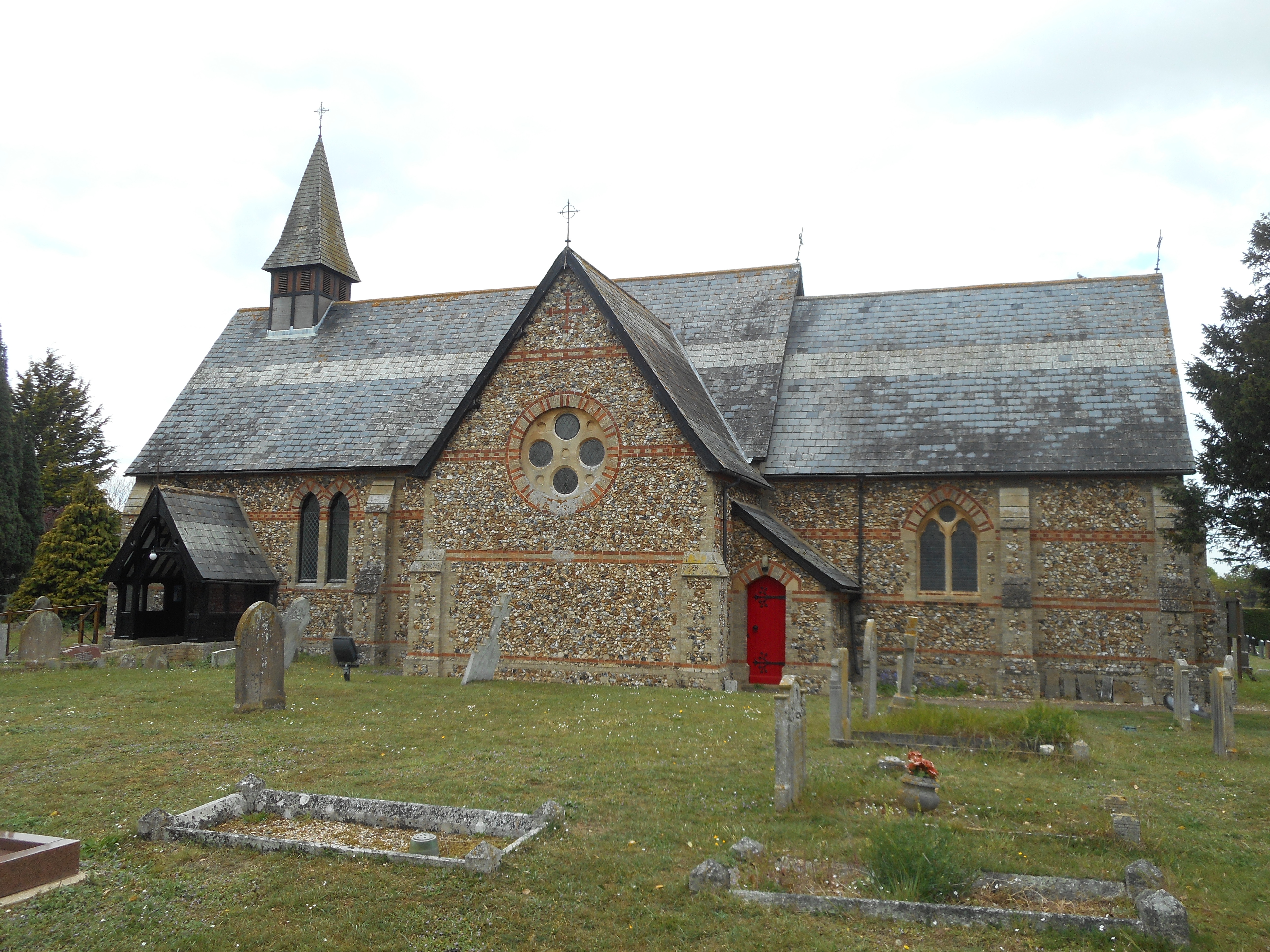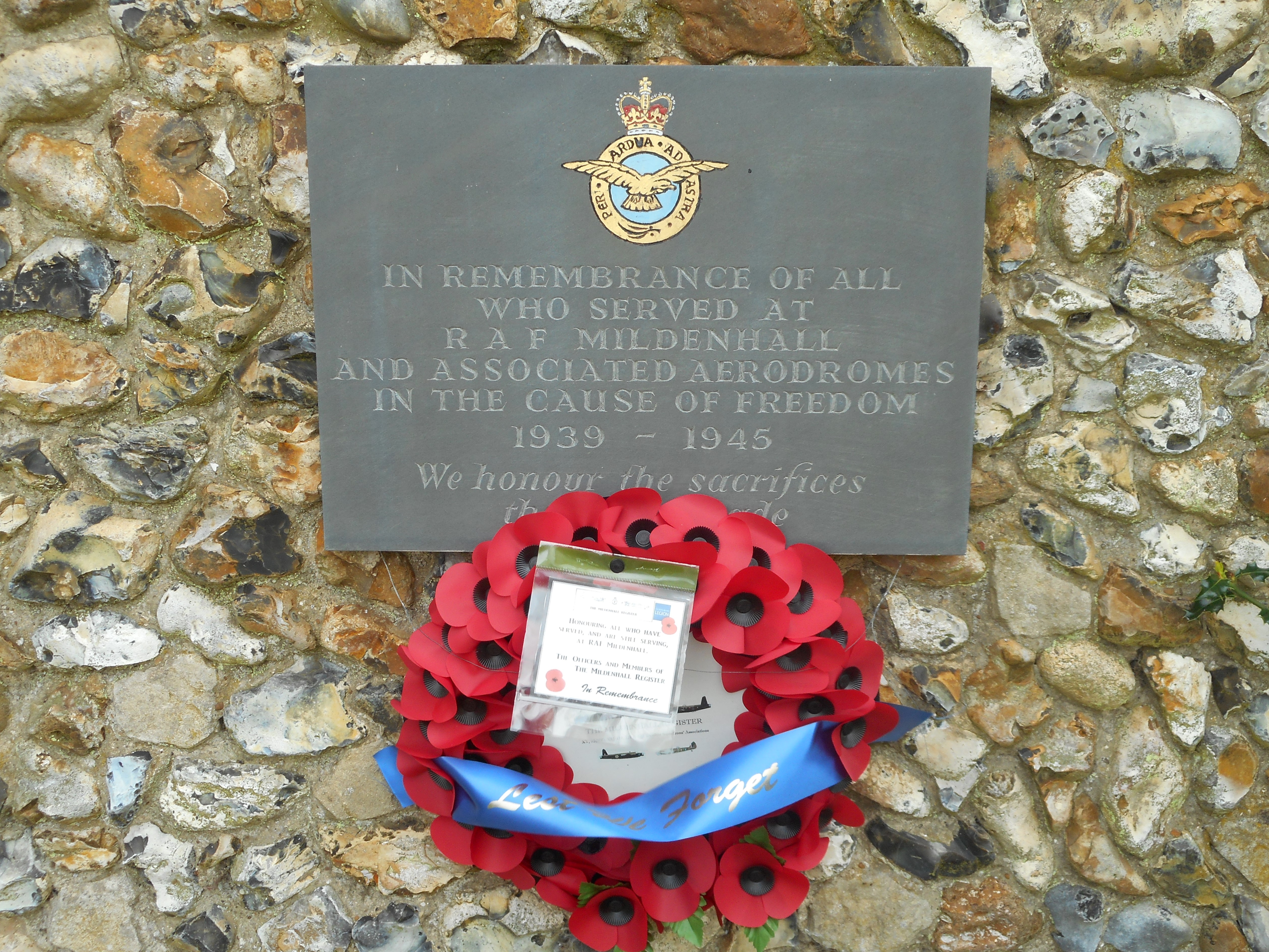| Wednesday 06 March 1940, Boston Guardian, Lincolnshire, England SPALDING- TWO YOUNG AIRMEN LOSE THEIR LIVES. PLANE’S TERRIFIC NOSE-DIVE GOSBERTON RISEGATE TRAGEDY.TWO YOUNG AIRMEN, aged about 26 and 18, respectively, lost their lives on Monday week, when their ’plane got into difficulties and nosedived through the clouds at terrific speed, burying the fore part of the machine deep into the ground of a field adjoining Gosberton Risegate, near Spalding. Neither the pilot of the ’plane, a sergeant, nor his observer, a youthful aircraftman had time to jump for it, for when their bodies were discovered their parachutes were found to be unopened. Mercifully, death was instantaneous, for each died from multiple injuries. On the day of the crash one body was discovered in a dyke and it was not until Tuesday, when information was received that there was a second man in the machine when it left its base that the second body was discovered. No evidence was forthcoming as to the cause of the crash. The dead men are Sergeant “Taff” Owens (his real Christian name was not known at the time of the inquest, which was held at Spalding, on Wednesday) and Aircraftman W. Mahon. Sergeant Owens was a married man. ONE BODY IDENTIFIED An inquiry was conducted by the South Holland Coroner, Mr. C. M. Bowser, who sat without a jury. Pilot Officer Arthur Edward Peter Pim (41733) said the two men left their station at about 2.15 p.m. on Monday to carry out a programme, but the machine failed to return. He had satisfied himself that the machine was properly tested before it left the ground. Corporal Raymond Harris, of the Royal Engineers, said at about 2.30 p.m. on Monday he heard a plane circling above the clouds directly above the spot where he was standing. “The engine was spluttering, and the plane was obviously in difficulties,*’ he went on. With a roar it suddenly appeared out of the clouds and nosedived at terrific speed. When it hit the ground there was a tremendous impact, followed by loud explosion. It fell in a field about 500 yards away from where I was.” BODY BLOWN FROM COCKPIT He went to the scene of the accident and found wreckage strewn over radius of about 80 yards. Lying in a dyke, he found the body of an airman who must have been blown out of the cockpit. He had a search instituted in an effort to find some means of identifying the body and the make of the plane. A search of the deceased’s clothing revealed the name Sergeant T. Owen” on the inside of his vest. As near as he could estimate, the plane was travelling in a south-easterly direction. P.C. Baldwin, of Gosberton Risegate, said he found that the engine and propeller of the machine were buried deep in the earth, and that the remainder was a total wreck, parts having been strewn in all directions over a radius of some 100 yards. PARACHUTES UNOPENED He saw the body of an airman, with a parachute attached to it, but it was unopened He found another parachute, also unopened. lying in an adjoining field about 50 yards away from the wreck. He continued his search, but could find nothing to assist the inquiry, with the exception of an airman’s uniform belt, of which he took possession, together with a pocket watch, which had stopped at 2.35. There were very low clouds at the time. The next day he found the body of another airman in the dyke in which the first man was found. The body was pinned down by some wreckage. The Coroner found that death was due to multiple injuries caused by the crashing of the plane piloted by the sergeant with the aircraftman his observer, and in each case he returned a verdict of Death by Misadventure. |


